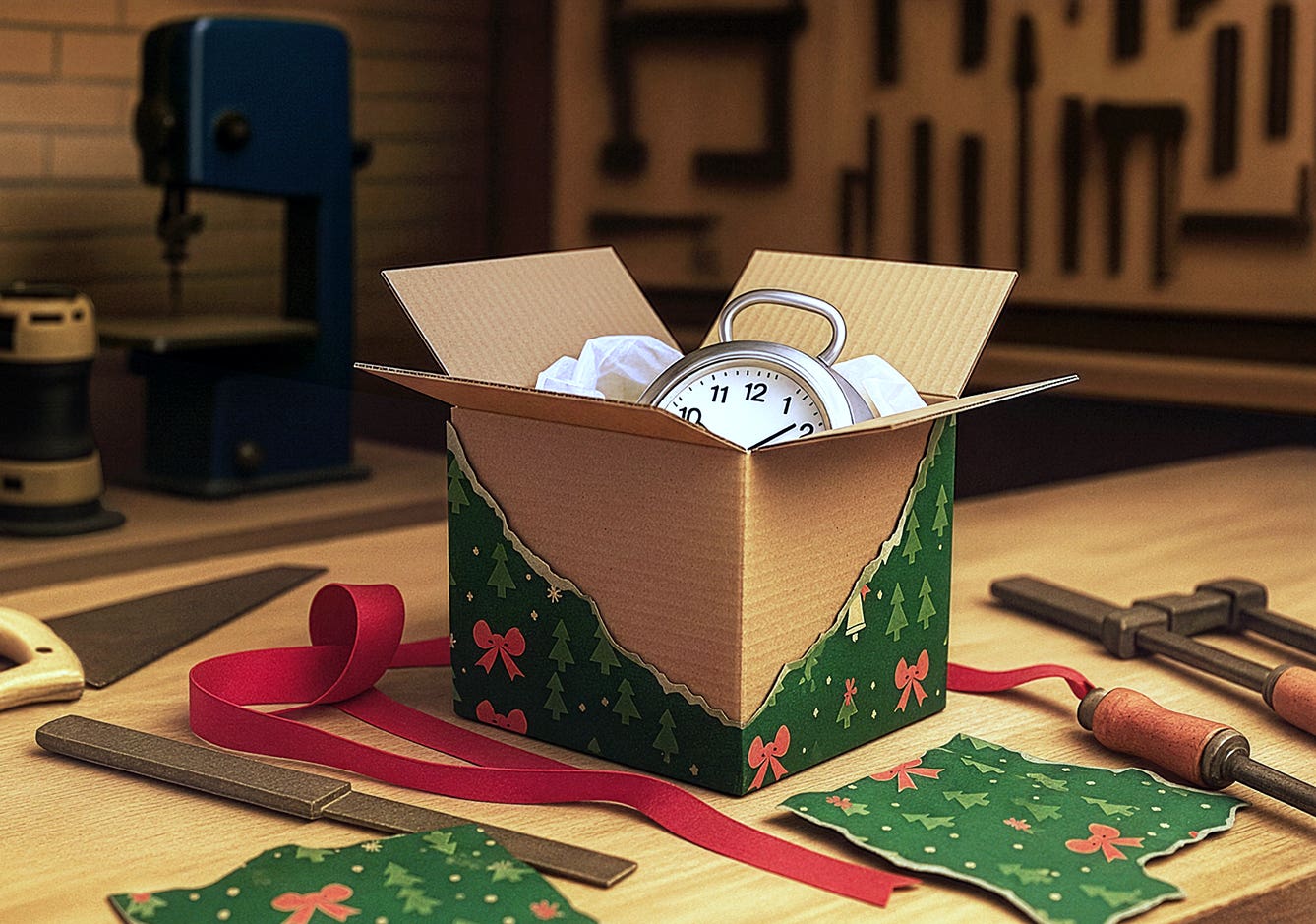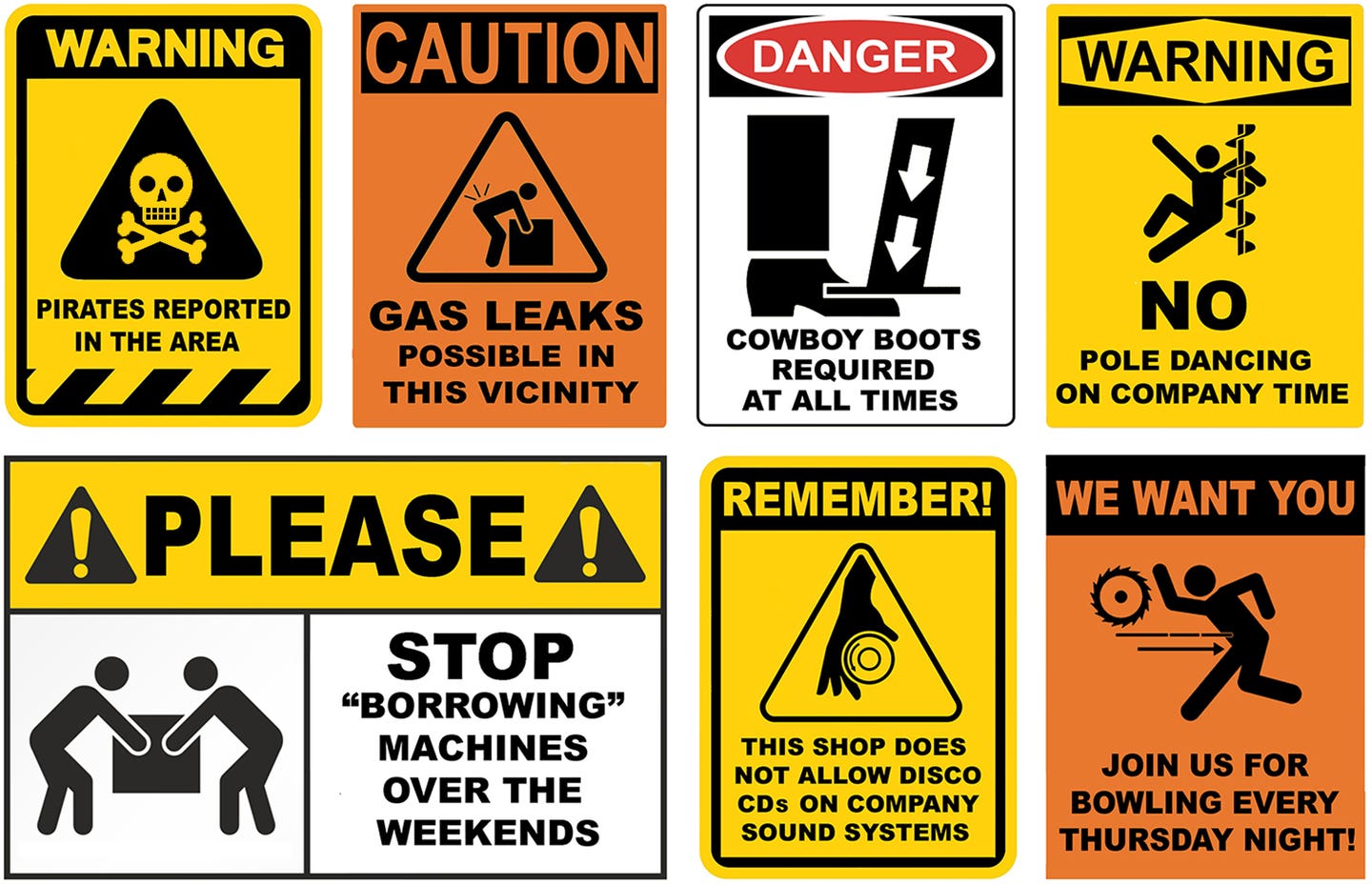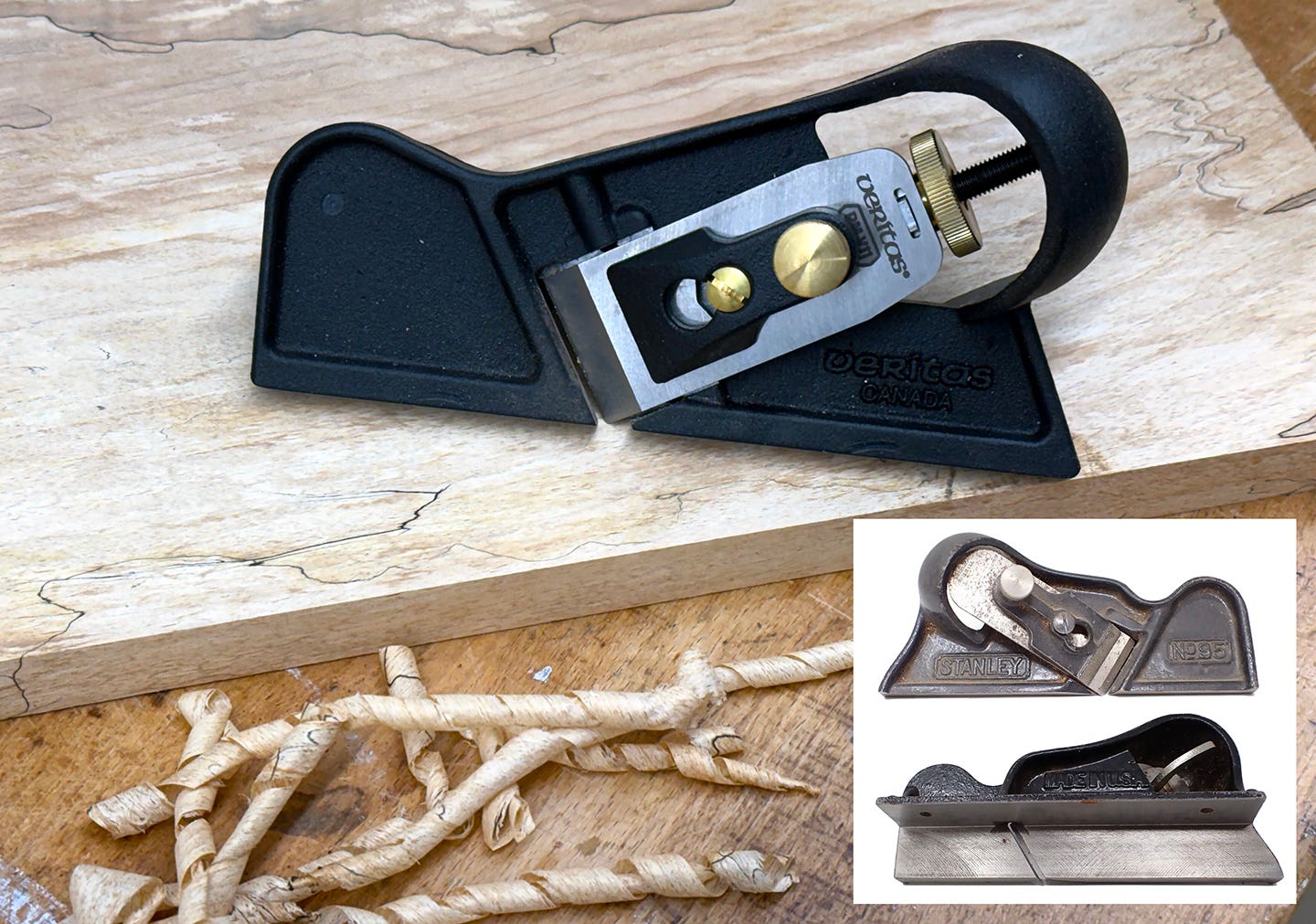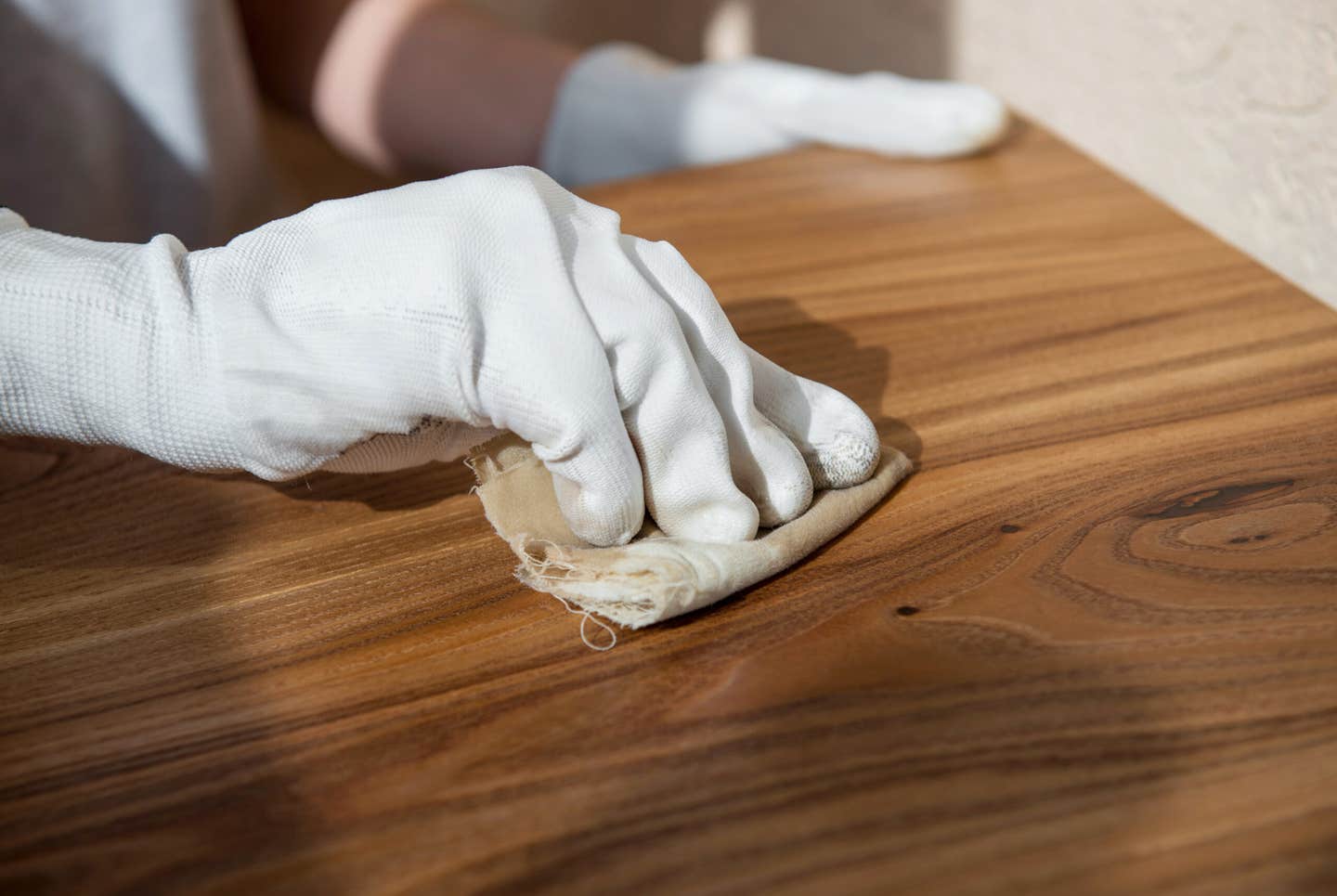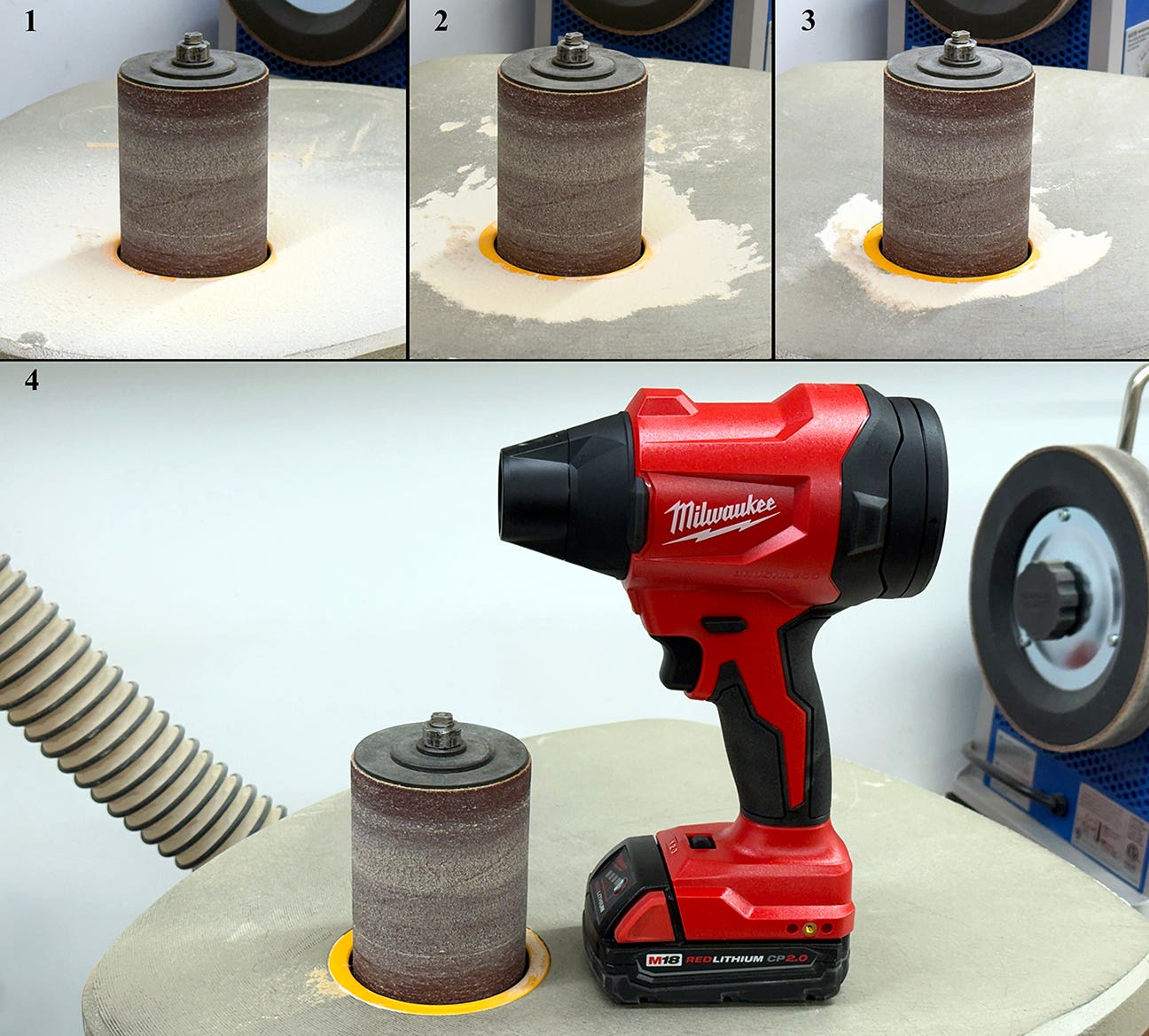The great edgebanding dilemma (part 2)
Last week we were talking about edgebanding. Anyone who has looked into purchasing an edgebander knows that even “entry level” machines can cost well into five figures. While this may…
Last week we were talking about edgebanding. Anyone who has looked into purchasing an edgebander knows that even "entry level" machines can cost well into five figures. While this may not be out of line for a production shop in which the machine will be in use 24/7, it is often prohibitive for a small- to medium-sized custom shop.There are two basic types of edgebanders: ones that have an "onboard" hot-melt glue pot and those that use hot air to apply "pre-glued" banding. The glue pot machines tend to be much more expensive, but the hot air machines are still unbelievably expensive. One way or the other, this is the world's largest and most expensive roll of tape!There have been many times over the last 20 years that I have seriously considered buying an edgebander. But every time I have come up against the same problem. I am looking at dumping $15,000 to $20,000 (or even $10,000 if you look at some of the smaller hot air banders) for something that will be used for a few hours a couple of times a month. So, as much as I enjoy acquiring new tools, and as much of a "technology junkie" as I am, I have resigned myself to the most primitive solution for edgebanding.My system consists of a handheld household iron, wooden block with rounded edges that serves as a burnisher, and a very sharp paring chisel. With these, we can edgeband a kitchen's worth of plywood in about six hours.I'm sure that someone out there could do the math and show me how, at this rate, considering the amount of edgebanding actually applied in my shop (not much, I can assure you), over the course of 20 years, I could easily pay for an edgebander. But so far, I have been able to spend the money quite handily on other stuff.D.D.
David DeCristoforo possesses an extensive resume as designer/maker of fine furniture, high-end cabinetry and architectural woodwork. His experience in professional woodworking spans a period of 35 years. For the past 20 years David DeCristoforo Design has been located in Woodland, California. During this time David's shop has ranged in scope from a "full on" cabinet production shop with as many as 15 employees to a small fine furniture and custom millwork shop, working with his son, David RBJ, a highly skilled maker in his own right.


